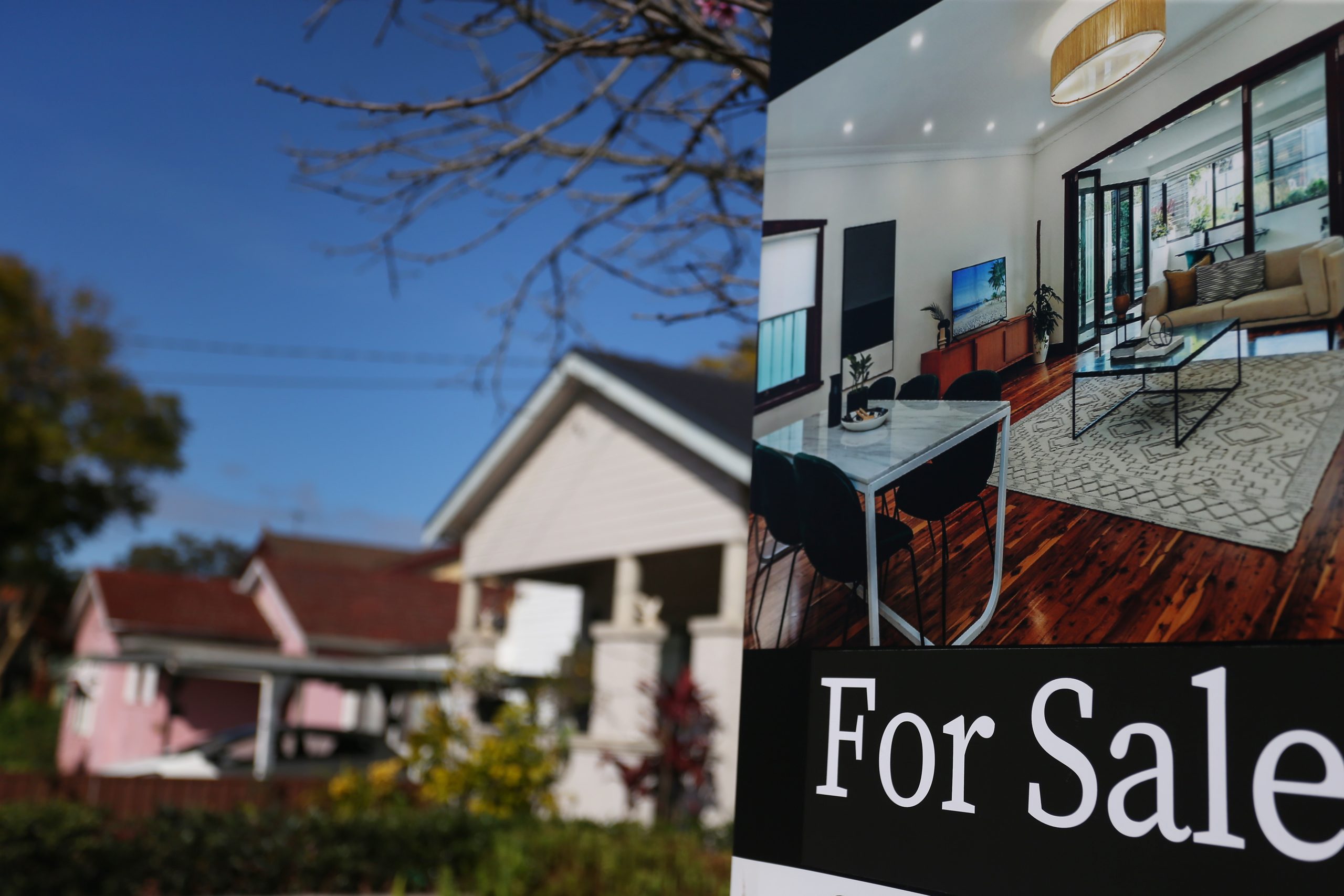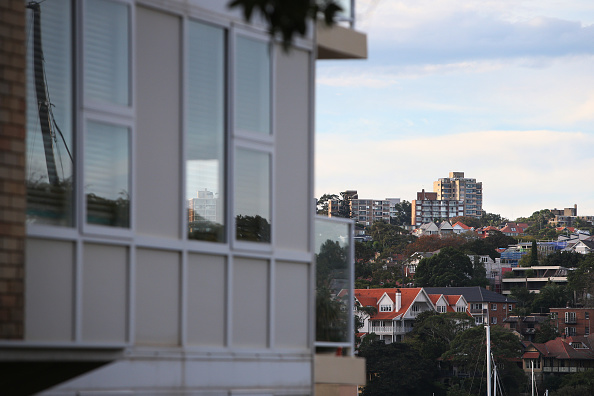More loss, less profit for short term property holders
Property owners who bought within the past two years cut their losses as the heat comes out of the market and interest rates bite
The number of Australian properties selling at a loss is on the increase, new data from CoreLogic has shown.
The CoreLogic Pain & Gain report for the June quarter revealed sales of properties sold within two years of purchase showed a significant rise in the number of those selling at a loss, up 9.7 percent compared with 2.7 percent a year ago.
CoreLogic Head of Research and report author Eliza Owen said the results reflect the turbulence of the past two years, with the market impacted by COVID and increases in the cash rate.
“Two years is a significant time period because we are two years on from the height of pandemic-related lockdowns, low interest rates, and have just passed the peak of transitions from low fixed rates to high variable rates,” Ms Owen said.
“The portion of homes sold within just two years increased by one percentage point to 8.5 percent over the past year, however the portion of these short-term resales where the seller incurred a loss has increased more substantially, from just 2.7 percent a year ago to 9.7 percent in the June quarter.
“This suggests more sellers are willing to incur a loss at the moment, which could in part be the result of high interest rates.”
The losses were felt in far greater numbers by owner/occupiers, who made up 72.1 percent of short term resales, compared with 27.9 percent for investors. Vendors in regional areas were also more likely to be feeling the pain, an indication that the treechange love affair is over for some.
“Around one in 10 regional Australian property sales were held for only up to two years,” Ms Owen said.
“A further breakdown of this data by SA4 regions shows some of the highest concentrations of short-term resales were in parts of regional Queensland, including Wide Bay (17.3 percent), the Gold Coast (15.2 percent) and the Darling Downs – Maranoa region (14.4 percent). This suggests that people might be selling up after trying to live, or invest, in more remote regional or lifestyle areas.”
In good news for potential investors, Ms Owen said the outlook for home values this year was positive.
“The rate of profit-making sales tends to follow capital growth trends,” she said. “With home values continuing to rise through July and August, we estimate the level of profitability from resales will also move higher through the September quarter.”
This stylish family home combines a classic palette and finishes with a flexible floorplan
Just 55 minutes from Sydney, make this your creative getaway located in the majestic Hawkesbury region.
A Sydney site with a questionable past is reborn as a luxe residential environment ideal for indulging in dining out
Long-term Sydney residents always had handful of not-so-glamourous nicknames for the building on the corner of Cleveland and Baptist Streets straddling Redfern and Surry Hills, but after a modern rebirth that’s all changed.
Once known as “Murder Mall” or “Methadone Mall”, the 1960s-built Surry Hills Shopping Centre was a magnet for colourful characters and questionable behaviour. Today, however, a $500 million facelift of the site — alongside a slow and steady gentrification of the two neighbouring suburbs — the prime corner property has been transformed into a luxury apartment complex Surry Hills Village by developer Toga Group.
The crowning feature of the 122-apartment project is the three-bedroom penthouse, fully completed and just released to market with a $7.5 million price guide.
Measuring 211sqm of internal space, with a 136sqm terrace complete with landscaping, the penthouse is the brand new brainchild of Surry Hills local Adam Haddow, director of architecture at award-winning firm SJB.
Victoria Judge, senior associate and co-interior design lead at SJB says Surry Hills Village sets a new residential benchmark for the southern end of Surry Hills.
“The residential offering is well-appointed, confident, luxe and bohemian. Smart enough to know what makes good living, and cool enough to hold its own amongst design-centric Surry Hills.”
Allan Vidor, managing director of Toga Group, adds that the penthouse is the quintessential jewel in the crown of Surry Hills Village.
“Bringing together a distinct design that draws on the beauty and vibrancy of Sydney; grand spaces and the finest finishes across a significant footprint, located only a stone’s throw away from the exciting cultural hub of Crown St and Surry Hills.”
Created to maximise views of the city skyline and parkland, the top floor apartment has a practical layout including a wide private lobby leading to the main living room, a sleek kitchen featuring Pietra Verde marble and a concealed butler’s pantry Sub-Zero Wolf appliances, full-height Aspen elm joinery panels hiding storage throughout, flamed Saville stone flooring, a powder room, and two car spaces with a personal EV.
All three bedrooms have large wardrobes and ensuites with bathrooms fittings such as freestanding baths, artisan penny tiles, emerald marble surfaces and brushed-nickel accents.
Additional features of the entertainer’s home include leather-bound joinery doors opening to a full wet bar with Sub-Zero wine fridge and Sub-Zero Wolf barbecue.
The Surry Hills Village precinct will open in stages until autumn next year and once complete, Wunderlich Lane will be home to a collection of 25 restaurants and bars plus wellness and boutique retail. The EVE Hotel Sydney will open later in 2024, offering guests an immersive experience in the precinct’s art, culture, and culinary offerings.
The Surry Hills Village penthouse on Baptist is now finished and ready to move into with marketing through Toga Group and inquiries to 1800 554 556.
This stylish family home combines a classic palette and finishes with a flexible floorplan
Just 55 minutes from Sydney, make this your creative getaway located in the majestic Hawkesbury region.























